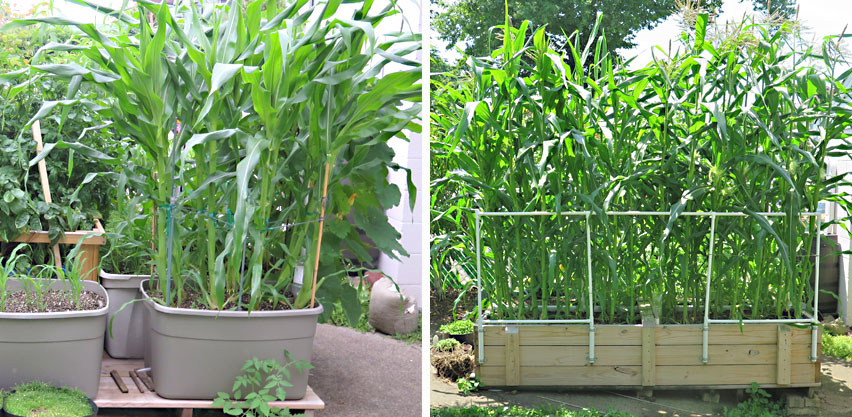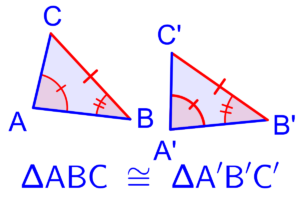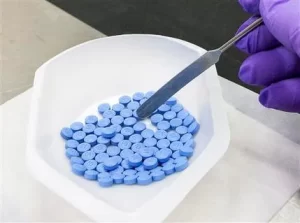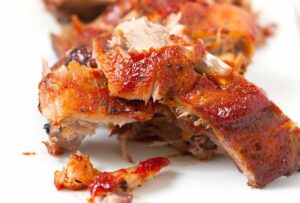
Introduction to Growing Corn in Containers
Overview of Corn Plant
Corn, also known as maize, is a staple food crop that belongs to the grass family. It is valued for its versatility and nutritional benefits, making it a popular choice for home gardeners looking to grow their own produce.
Advantages of Container Gardening for Corn
Container gardening offers several advantages for growing corn, particularly in urban or limited space environments. It allows gardeners to cultivate corn plants in smaller areas such as patios, balconies, or rooftops, maximizing available space and optimizing growing conditions.
Factors to Consider Before Growing Corn in Containers
Before embarking on the journey of growing corn in containers, there are several factors to consider. These include the size and depth of the container, soil quality and composition, drainage and watering needs, as well as sunlight and temperature requirements for optimal growth.
Selecting the Right Container and Soil for Corn
Container Size and Depth
When selecting containers for growing corn, it is essential to choose ones that are large enough to accommodate the plant’s root system and provide ample space for growth. Opt for containers with a minimum depth of 12-18 inches to allow for proper root development.
Soil Requirements for Corn
Corn thrives in well-drained, fertile soil with a pH level between 6.0 and 6.8. Choose a high-quality potting mix or loamy soil enriched with organic matter such as compost or aged manure to provide essential nutrients and promote healthy growth.
Drainage and Watering Needs
Ensure that containers have adequate drainage holes at the bottom to prevent waterlogging and root rot. Monitor soil moisture levels regularly and water consistently to keep the soil evenly moist, especially during hot, dry weather conditions.
Planting and Caring for Corn in Containers
Sowing Corn Seeds
Plant corn seeds directly into containers once the soil has warmed up to at least 60°F (15°C). Sow seeds at a depth of 1-2 inches and space them 8-12 inches apart within the container to allow for proper air circulation and growth.
Germination and Seedling Care
Keep the soil consistently moist until seeds germinate, usually within 7-10 days. Provide adequate sunlight and shelter containers from strong winds to protect delicate seedlings. Thin out weaker seedlings to ensure proper spacing and reduce competition for nutrients.
Fertilizing and Mulching
Fertilize corn plants regularly with a balanced fertilizer or organic compost to promote healthy growth and development. Apply a layer of organic mulch such as straw or shredded leaves around the base of plants to conserve moisture, suppress weeds, and regulate soil temperature.
Watering and Maintenance
Water corn plants deeply and infrequently, allowing the soil to dry out slightly between waterings to prevent waterlogged conditions. Monitor plants for signs of pests and diseases, such as aphids, corn borers, or fungal infections, and take appropriate measures to control them.
Harvesting and Enjoying Homegrown Corn
Signs of Ripeness
Corn ears are ready for harvest when the kernels are fully formed and plump, and the silk at the top of the ear has turned brown and dried out. Gently squeeze a kernel to check for milky juice, indicating peak ripeness and sweetness.
Harvesting Corn Ears
To harvest corn ears, grasp them firmly and twist them downward to break them off the stalk. Harvest corn in the morning when temperatures are cooler to preserve freshness and flavor. Enjoy homegrown corn fresh from the garden or preserve it by blanching and freezing for later use.
Cooking and Enjoying Fresh Corn
There are countless ways to enjoy fresh corn, from boiling or grilling whole ears to incorporating kernels into salads, soups, salsas, and casseroles. Experiment with different cooking methods and recipes to savor the sweet, crunchy goodness of homegrown corn.
Conclusion: Growing Corn in Containers – A Rewarding Endeavor
In conclusion, growing corn in containers is a rewarding endeavor that allows gardeners to enjoy the satisfaction of homegrown produce even in limited space environments. By selecting the right containers, soil, and planting techniques, and providing proper care and maintenance, you can successfully cultivate delicious corn crops right on your patio or balcony. Whether enjoyed fresh from the garden or incorporated into your favorite recipes, homegrown corn adds a flavorful and nutritious touch to any meal. So, why not give container gardening a try and experience the joy of growing your own corn?




